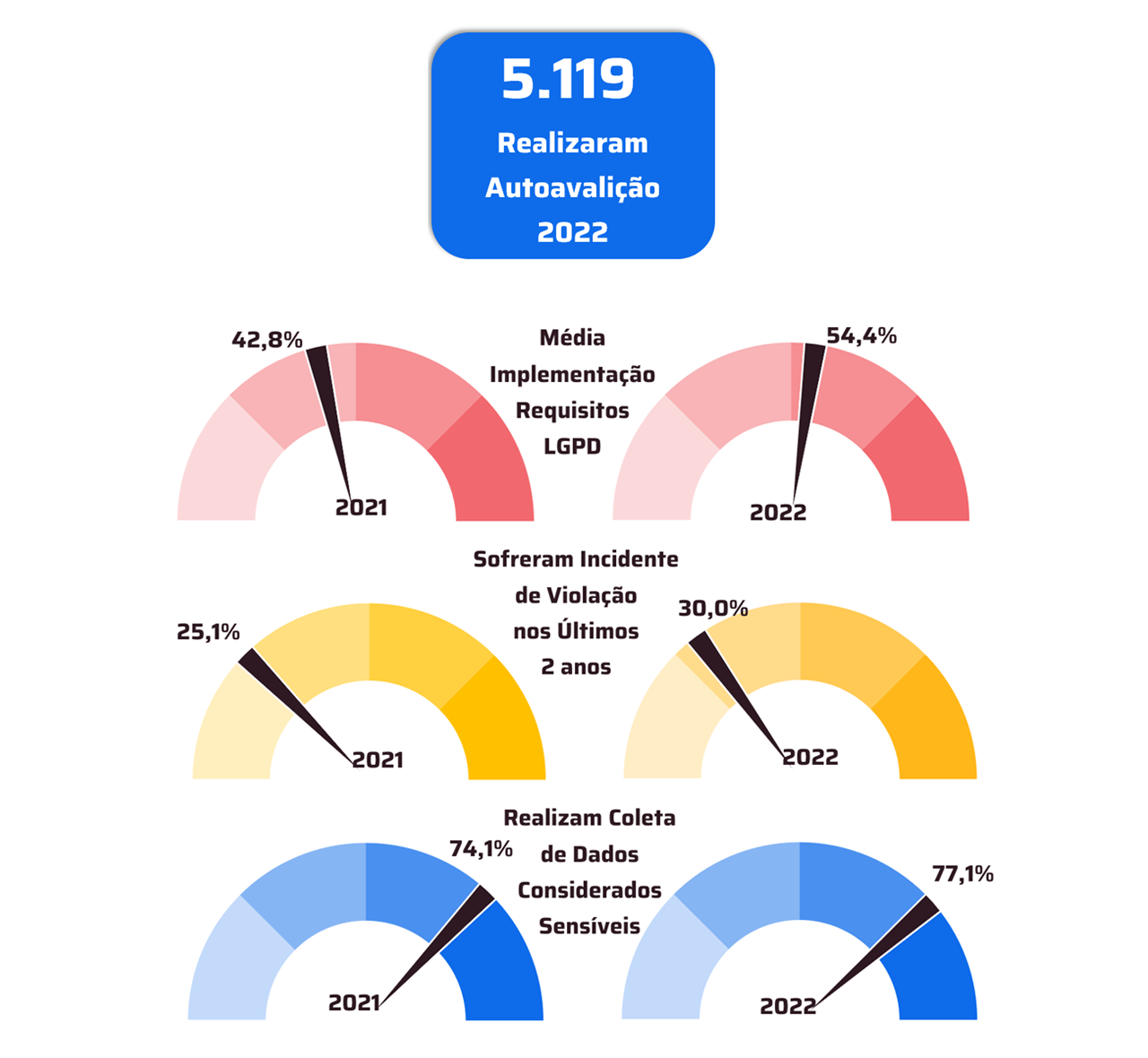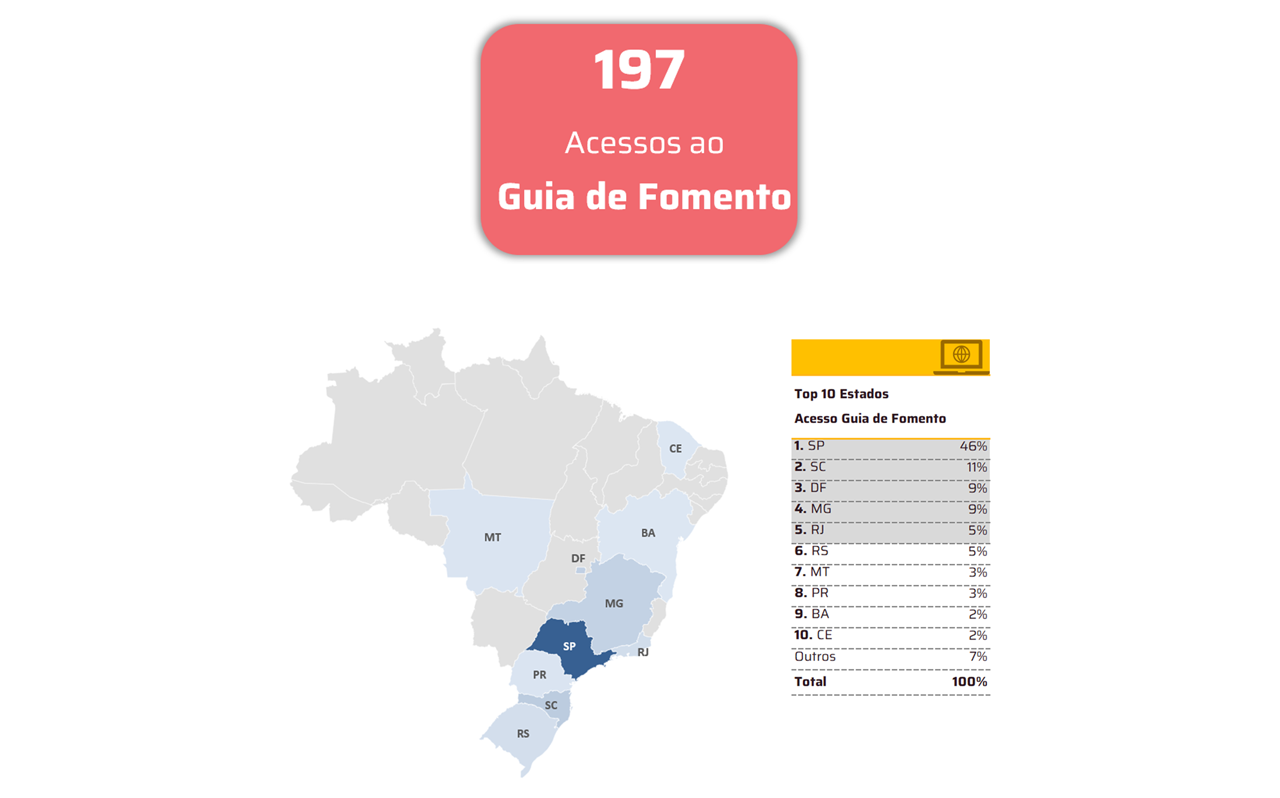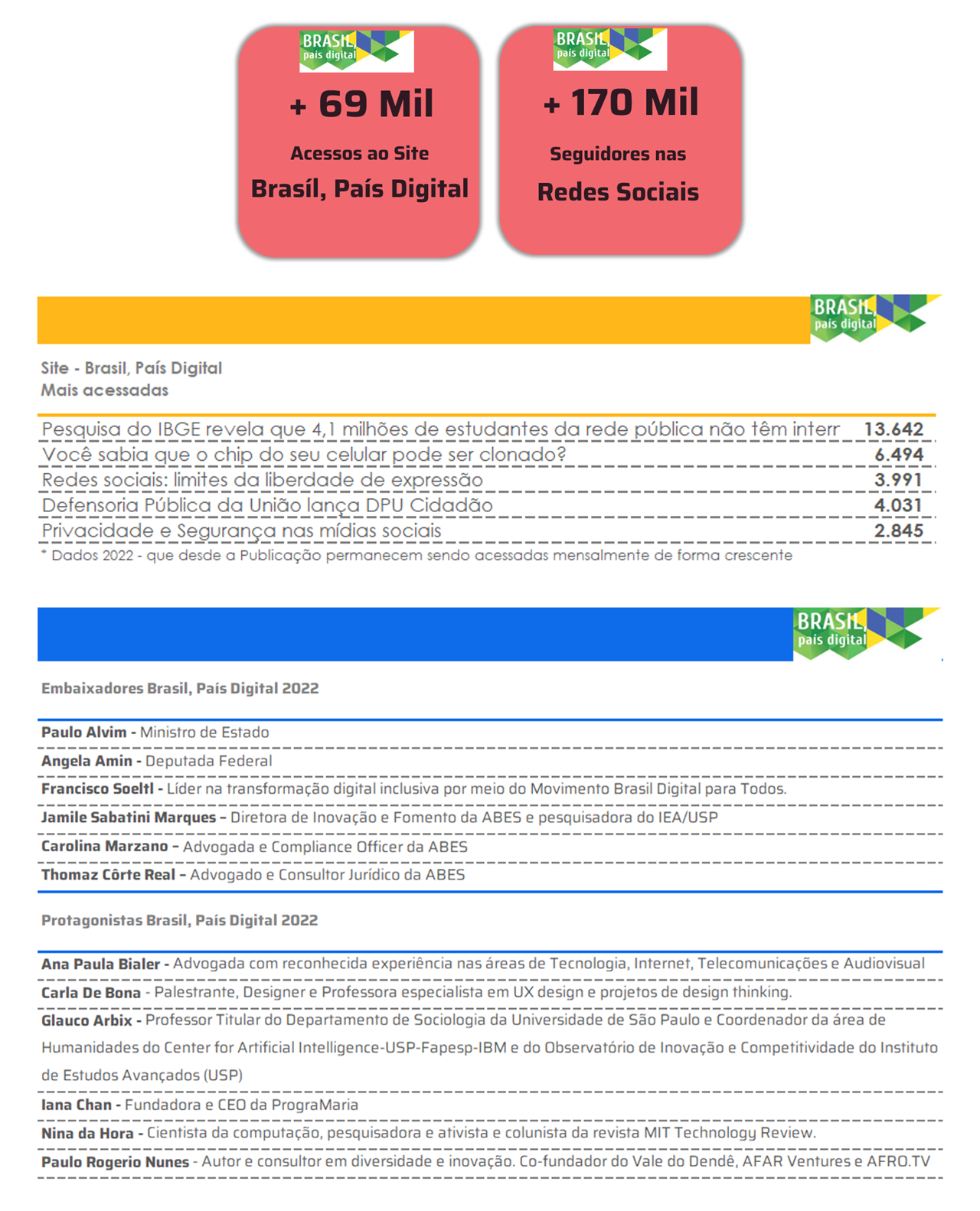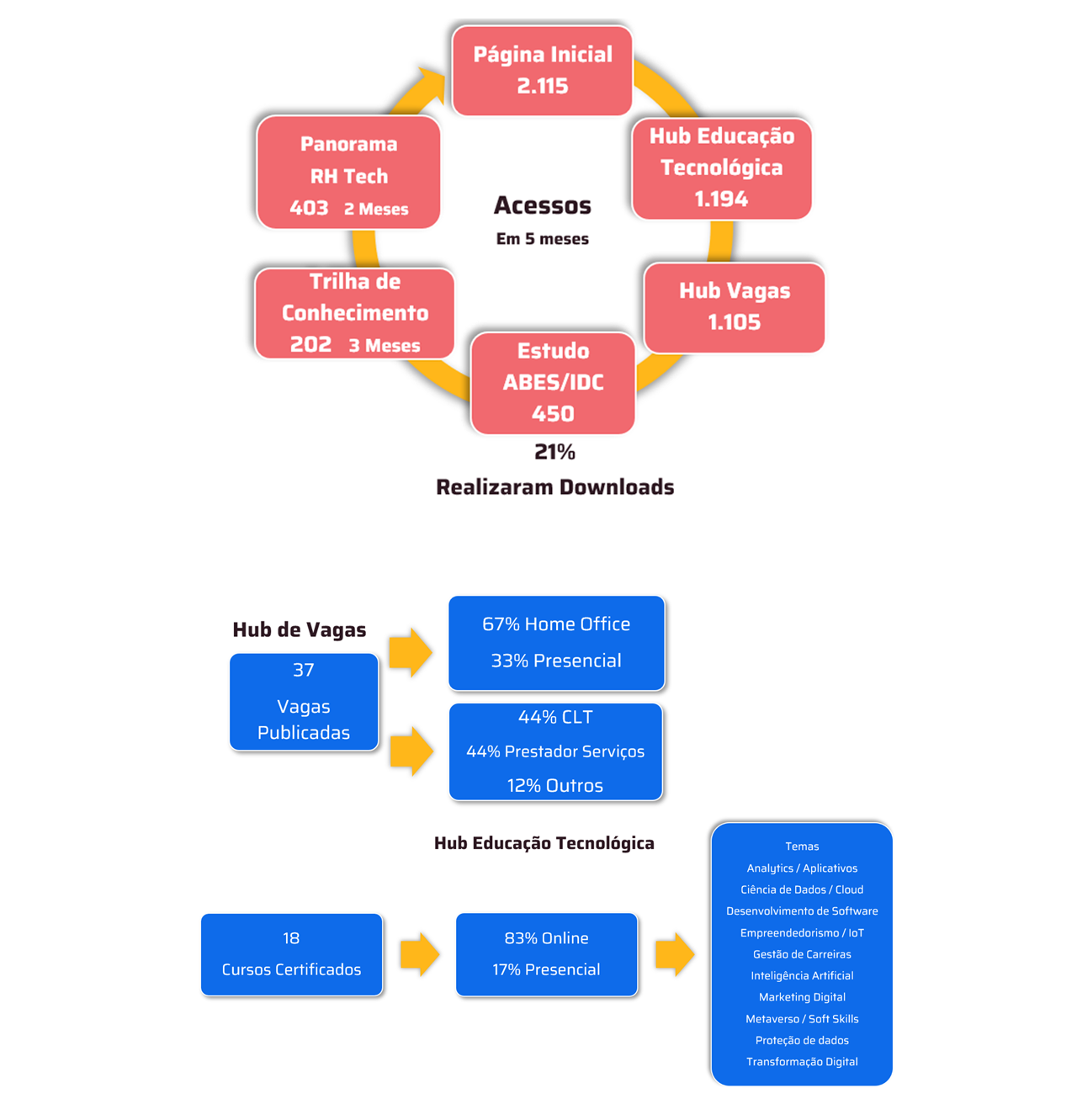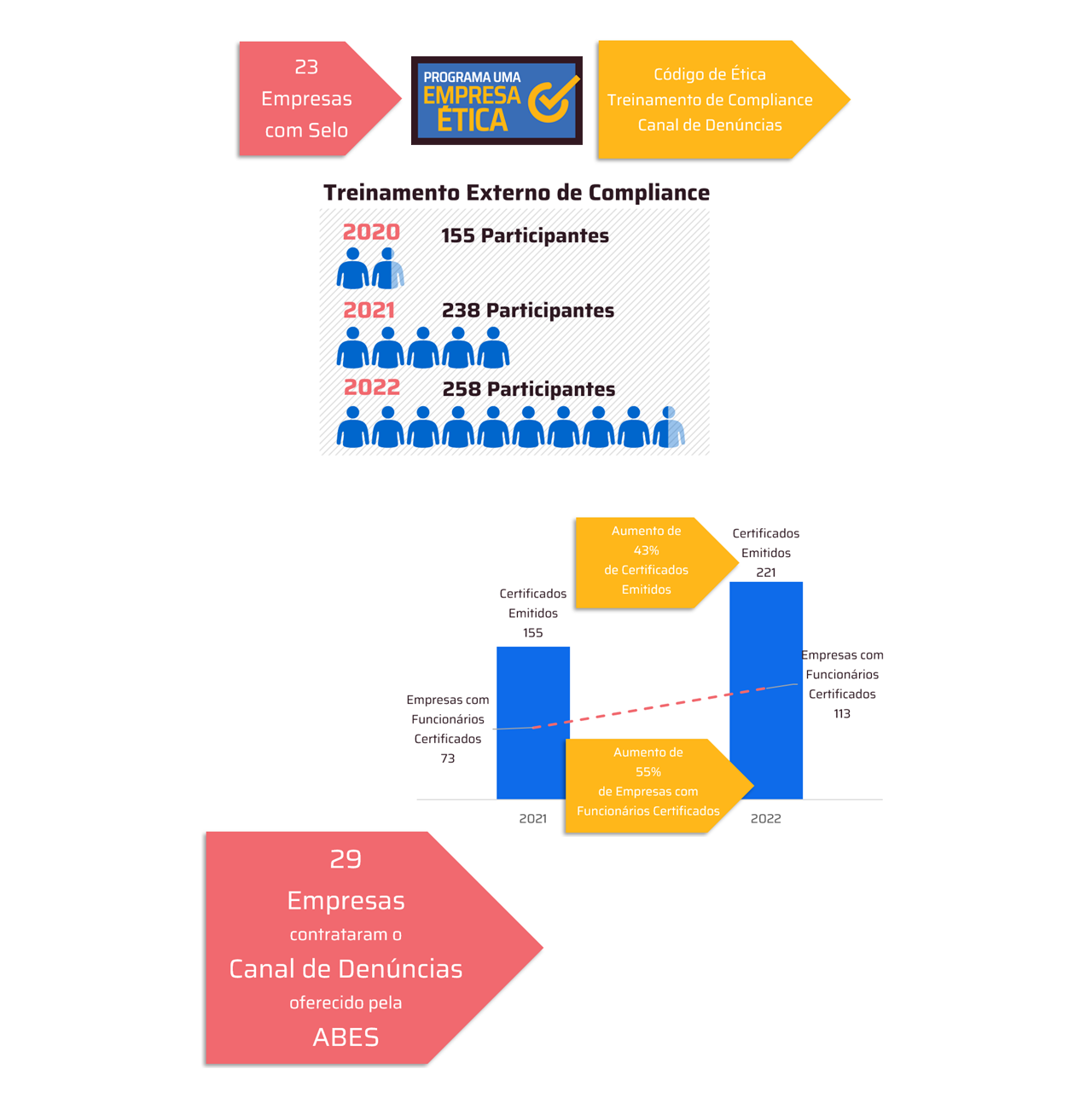After enabling the environment for Pix by approximation for account holders, whose use came into effect for the general population on February 28, it is now Sensedia's turn to begin testing to enable Pix by approximation also in ITPs
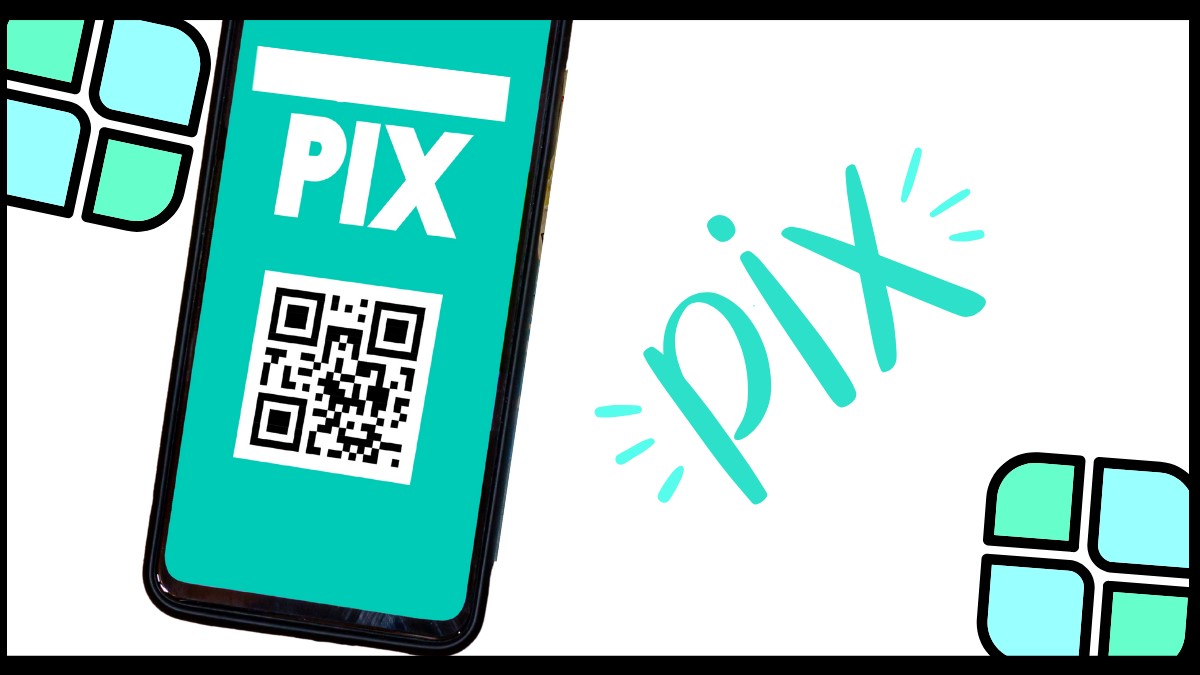
A trusted advisor to the Open Finance Initial Framework with the Central Bank and a global company specialized in the APIs and integrations market, Sensedia announces another step in the development of the Journey Without Redirection (JSR) in Brazil: the enabling of test environments for Pix by proximity now also in Payment Transaction Initiators (ITPs).
The project's objective is to enable ITPs to facilitate payments via Pix in the environment where a purchase is being made, such as websites, e-commerces, applications and marketplaces, without the need for redirection to the user's banking application through the current “copy and paste” function.
“According to the schedule set by the Central Bank of Brazil, Pix by proximity was released to the general population on February 28 of this year. Therefore, after enabling the environment for Pix by proximity for account holders, both those required by regulation and those who are voluntary, we are now fully prepared to expand this project to ITPs as well,” explains Gabriela Santana, Product Manager at Sensedia.
It is worth noting that the largest financial institutions in the country – that is, those that hold 99% of the total number of payment transactions successfully carried out within the scope of Open Finance – were required by Bacen to follow the schedule for the adoption of the JSR, moving to meet the established goals by November 2024. For the others, the obligation starts to apply from 2026.
“In the case of ITPs, there is no obligation to participate in the JSR. However, from a strategic point of view, those who do not qualify risk falling behind, especially when we talk about improving the customer experience through the payment flow completion journey,” says Gabriela.
How it will work
In practice, payment via Pix by approximation by ITPs will work like this: the user will give consent to the banking institution to link their account to the ITP environment, defining the limits that they authorize for the transaction.
ITPs, in turn, enable holders to provide the user's account, enabling the saving of bank details and the use of PIX through this association. It is worth remembering that, from 2026, all registered holders will be an option to carry out this transaction.
“After completing this process, which is done only once, it is now possible to make the payment via PIX in the ITP environment itself, through authorization by biometrics, facial recognition or password, without needing any redirection to the banking environment”, adds Gabriela.
According to the specialist, this process follows the model used for registering credit cards on shopping websites today.
“By enabling the possibility of payment via ITPs within my e-commerce, delivery app, transportation app or streaming app, for example, I allow the user to make the payment via Pix within my own environment. Therefore, when you act as an ITP in Open Finance, you can enable payments to be made in a more agile and simplified way, without compromising security”, he highlights.
Next steps: Automatic Pix for ITPs
As of June 16, 2025, another new feature expected to come into effect for the general public is the automatic Pix option, which is equivalent to direct debit, however, within the Open Finance system.
“Just like Pix by approximation, automatic Pix can also be offered by ITPs to users who choose to adopt this payment model for scheduled bills. In this case, in addition to the simplicity of the process, this should also impact the improvement of customer offers and experiences, since it is currently only possible to register automatic debit at the largest banking institutions in the country”, concludes Gabriela.





